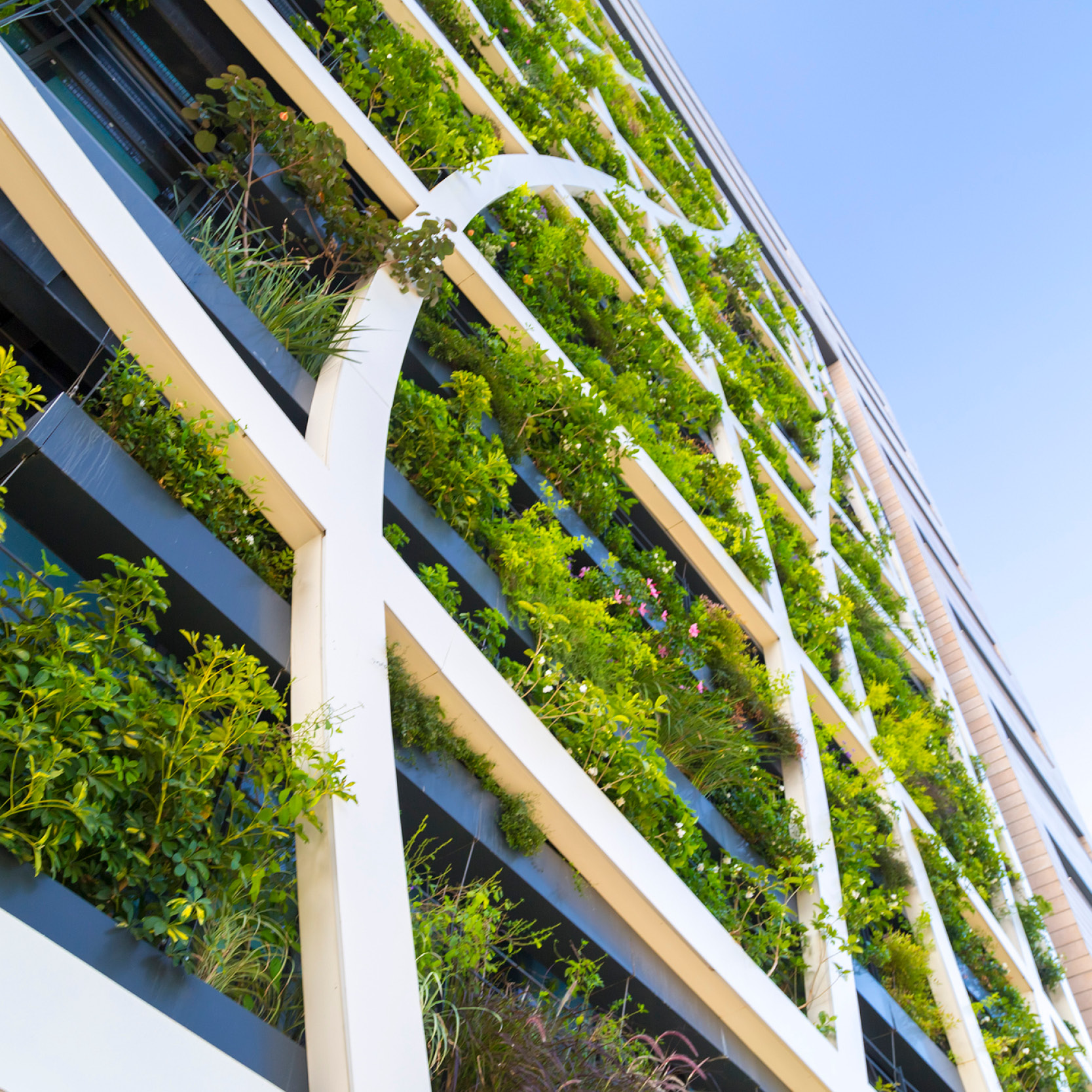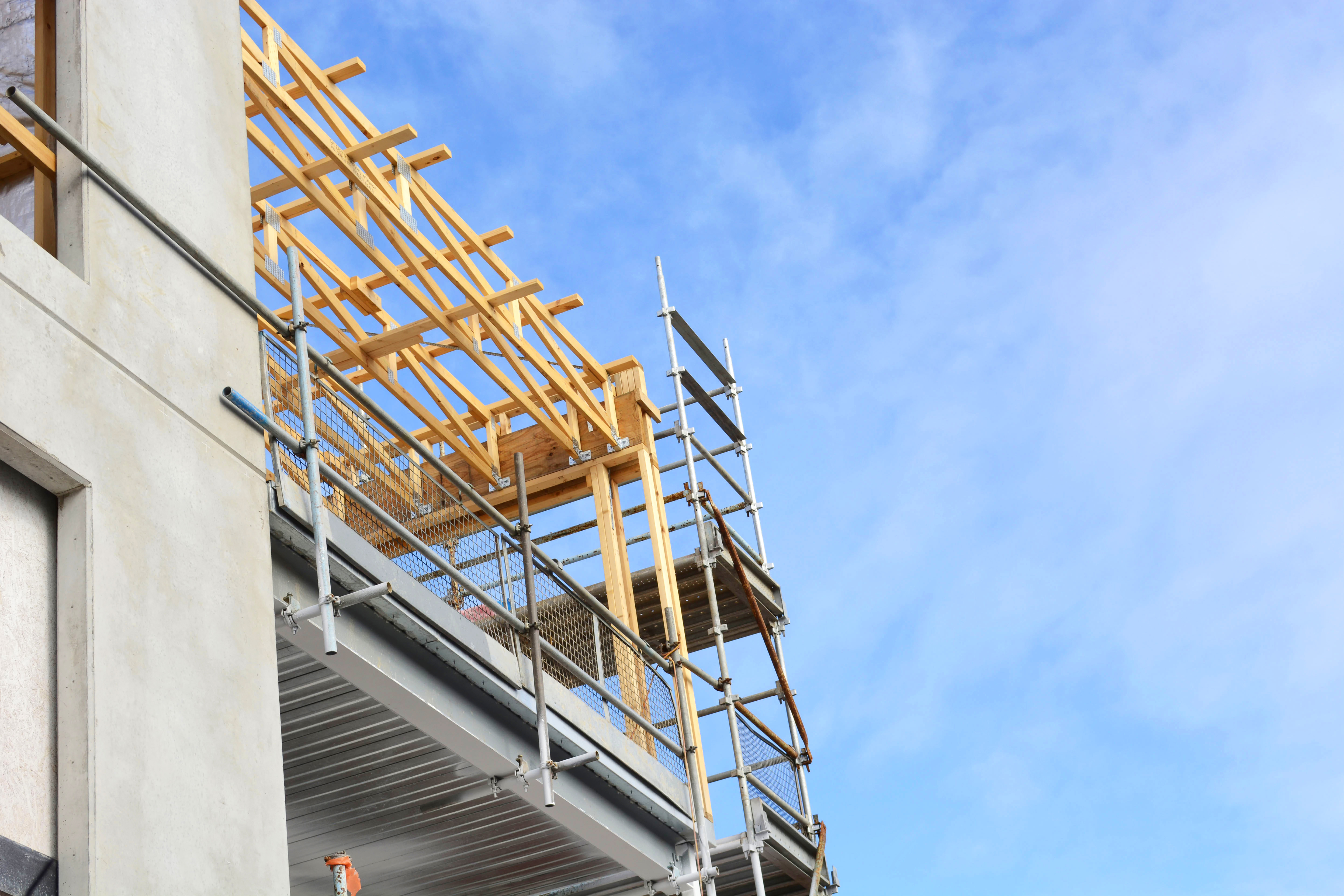Planning and Environment Court of Queensland refuses approval given for a development to take full advantage of the "uplift provision" under the Gold Coast City Plan Strategic Framework
By Nadia Czachor and Erin Schipp
Dajen Investments Pty Ltd & Anor v Council of the City of Gold Coast & Anor; Ruffin & others v City of Gold Coast & Anor [2023] QPEC 32 concerned two appeals commenced by two submitters...
In brief
The case of Dajen Investments Pty Ltd & Anor v Council of the City of Gold Coast & Anor; Ruffin & others v City of Gold Coast & Anor [2023] QPEC 32 concerned two appeals commenced by two submitters (Submitters) to the Planning and Environment Court of Queensland (Court) against a development approval given by the Council of the City of Gold Coast (Council) to Perspective Point Break Pty Ltd (Co-Respondent) for a material change of use for a 14 storey, 43.5 metre multiple dwelling development comprising 34 apartments (Proposed Development) on premises at 953 Gold Coast Highway, Palm Beach (Land).
The Land is located in the medium density residential zone of the Gold Coast City Plan 2016 (version 10) (City Plan) in which buildings are not to exceed the maximum height of 29 metres for the Land indicated on the Building Height Overlay Map (BHOM).
In limited circumstances, the Strategic Framework in part 3.3.2.1 of the City Plan allows an increase in building height up to a maximum of fifty percent above the maximum height, but the development must strictly comply with the relevant provisions (Uplift Provision). Fifty percent above 29 metres is 43.5 metres, being the height of the Proposed Development.
The issues in dispute as agreed between the parties were as follows (at [11]):
"1. whether the design, bulk, height and scale of the proposed development will have unacceptable impacts upon the character and amenity of the area;
2. whether the proposed development satisfies the Strategic Framework building height uplift provisions…;
3. whether the proposed [development] supports housing diversity within the city, and housing affordability outcomes that meet housing needs for the locality; and
4. relevant matters…"
The Submitters' position was that if the Court decided that the Uplift Provision is satisfied, the first and third issues would not in themselves justify refusal of the development application. The Court at [12] stated that it would be "…unnecessary for [the Court] to separately consider the asserted non-compliance with those other provisions".
The Court's focus was on the second issue, being whether the Proposed Development complies with the Uplift Provision.
The Court held that the Proposed Development did not satisfy all of the mandatory conditions of the Uplift Provision. Accordingly, the Court allowed the appeal and refused the development application.
Court finds that the Proposed Development does not satisfy five out of the nine mandatory conditions stated in the Uplift Provision
The Uplift Provision has nine outcomes, which must all be satisfied for the application of the height increase. They are as follows:
"(a) a reinforced local identity and sense of place;
(b) a well managed interface with, relationship to and impact on nearby development, including the reasonable amenity expectations of nearby residents;
(c) a varied, ordered and interesting local skyline;
(d) an excellent standard of appearance of the built form and street edge;
(e) housing choice and affordability;
(f) protection for important elements of local character or scenic amenity, including views from popular public outlooks to the city's significant natural features;
(g) deliberate and distinct built form contract in locations where building heights change abruptly on the [BHOM]; and
(h) the safe, secure and efficient functioning of the Gold Coast Airport or other aeronautical facilities."
The Submitters contended that the Proposed Development did not satisfy the outcomes stated in subparagraphs (a), (b), (c), (d), (e), and (f).
Reinforced local identity and sense of place
The Court found that "…the bulk, scale and height of the proposal would consolidate and reinforce the appearance of the large built forms and create a strong visual relationship with the two taller buildings (the Palm buildings) when viewed from surrounding locations" (at [44]). The Court went on to find that the "…massing of the proposal with the Palm buildings is undesirable and unwarranted" (at [44]) and that the Proposed Development would reinforce "…the incongruous Palm buildings" and "…would not result in a reinforced local identity and sense of place".
The Court therefore held that the Proposed Development did not satisfy the outcome in subparagraph (a).
Well managed interface with, relationship to and impact on nearby development
In considering the outcome in subparagraph (b), the Court broke this outcome down into the following elements: "interfaced with", "relationship to", and "impact on" (at [52]).
With respect to "interfaced with", the Court found this requires a consideration of the cohesion with the adjacent development which comprises multiple four storey apartment blocks. The Court held that the Proposed Development is "overbearing" and "fails to significantly or sufficiently address the great difference in scale between the two developments" (at [59]).
With respect to "relationship to", the Court accepted that the term "relationship" is broad enough to include the visual relationship of the Proposed Development to nearby development (at [60]). The Court found that the Proposed Development does not visually relate to the nearby development for the reasons given in respect of the Court's consideration of the outcome in subparagraph (a).
With respect to "impact on", the Court accepted that the Proposed Development would not unnecessarily affect the outlook of neighbouring properties, nor would it cause undue shadowing impacts. The Court found that whilst the additional height of the Proposed Development would cast some additional shadow, it was a significant impact as it would only occur in the afternoon for a short period of time (at [53]).
In conclusion, the Court found that the Proposed Development does "…not represent a well-managed relationship to 'nearby' development…" (at [61]).
The Court therefore held that the Proposed Development does not satisfy the outcome in subparagraph (b).
Varied, ordered and interesting local skyline
The Court found that the skyline of Palm Beach currently has little order and the Proposed Development would relate more closely to two high rise buildings located approximately 85 and 120 metres north. The Court found that this would "…represent the intrusion of a third inconsistent and incongruous element to the Palm Beach skyline…" (at [66]).
The Court therefore held that the Proposed Development does not satisfy the outcome in subparagraph (c).
Excellent standard of appearance of the built form and street edge
As to the meaning of an "excellent standard", the Court referred to its decision in McLucas & Ors v Council of City of Gold Coast & Anor [2022] QPEC 56 at [107] in which it stated that "[s]omething is excellent if it has superior merit or is remarkably good" (at [64]).
The Court then went on to consider the standard of appearance of the built form and street edge.
With respect to the standard of appearance, the Court found that the Submitters' town planning expert's description of the Proposed Development as "a big lump of a building" and "overwhelming" were not unfair descriptions (at [74]).
With respect to the standard of appearance of the street edge, the Submitters took issue with the centralised driveway, lack of planting, lowered street entrance, and plant and equipment being visible from the street edge. The Co-Respondent amended its development application to shift the driveway to the side of the Land which allowed for centralised planting and it also raised the street entrance to be at street level. Whilst the Court held that "…this is an issue upon which reasonable minds could legitimately differ", the Court was satisfied that the Proposed Development could be conditioned to meet this part of the outcome (see [80] and [81]).
The Court therefore held that, although conditions could be imposed to meet the requirement for an excellent standard of appearance at the street edge, the Proposed Development does not satisfy the outcome in subparagraph (d) because it fails the requirement for an excellent standard of appearance of the built form.
Housing choice and affordability
The Court found that affordability includes both the cost of housing and availability of choice (at [82]).The economist for the Co-Respondent explained that the Proposed Development would add to diversity of housing choice due to the scarce 3 and 4 bedroom apartment availability and "…the apartments are at a more affordable price point than single dwellings at the subject site would be" (at [88]).
The Court agreed and therefore held that the Proposed Development does satisfy the outcome in subparagraph (e).
Protection for important elements of local character or scenic amenity
The Court held that the Proposed Development does not satisfy the outcome in subparagraph (f) for the reasons given in respect of the outcomes in subparagraphs (a) and (b).
Other relevant matters
In respect of other relevant matters which may support the Proposed Development, the Court found as follows:
-
The Proposed Development is not consistent with community expectations with respect to bulk, height and scale (at [95]).
-
There is a need for the Proposed Development including for the reason that it would provide an increased choice of housing, but this is not a matter of overriding weight (at [96]).
-
Approving the Proposed Development would not create a precedent to approve other height uplifts elsewhere, but would "…cut across the planning strategy of limiting the circumstances in which additional height, above that shown on the BHOM, is permitted" (at [97]).
-
The Court acknowledged that conditions could be imposed to address some of the issues in respect of the Uplift Provision, but complete compliance cannot be achieved (at [98]).
Conclusion
The appeals were therefore allowed and the development application was refused.


